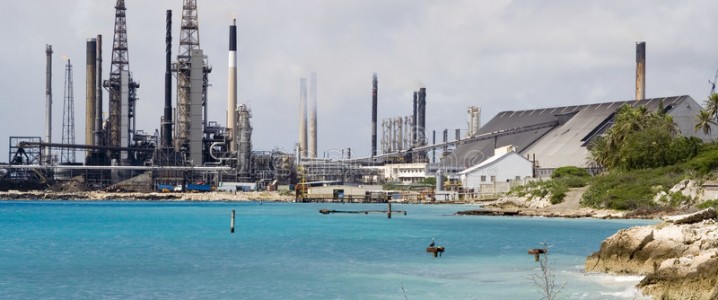Crude Drifts Lower On EIA Inventory Report

▶Crude oil prices fell after the EIA reported an oil inventory build of 3.3 million barrels
▶The authority also reported mixed results in gasoline and middle distillates
Crude oil prices drifted lower today after the Energy Information Administration reported an oil inventory build of 3.3 million barrels for the week to October 29.
This compared with a build of 4.3 million barrels that paused the oil price rally last week.
The authority also reported mixed results in gasoline and middle distillates.
In gasoline, the EIA estimated an inventory decline of 1.5 million barrels for the seven days to October 29, with production averaging 10.2 million bpd.
This compared with a stock draw of 2 million barrels for the previous week and average daily production of 10.1 million bpd.
In middle distillates, the EIA reported an inventory build of 2.2 million barrels for the week to October 29. This compared with a decline of 400,000 barrels estimated for the previous week.
Production of middle distillates averaged 4.8 million bpd last week, which compared with 4.6 million bpd a week earlier.
Oil prices were down at the time of writing after the American Petroleum Institute estimated a crude oil inventory build of almost 3.6 million barrels. This was the sixth consecutive inventory build estimate by the API.
Prices, however, remain elevated as OPEC+ sticks to its plan to add a moderate amount of oil to global supply every month despite higher demand and pleas from major consumers.
The extended cartel is meeting tomorrow for its monthly update on policy but major surprises are unlikely. Signals from Saudi Arabia, Kuwait, and Iraq, among others, have pointed in the direction of continued supply discipline. Some of that discipline is not voluntary, however.
Several OPEC members are struggling to boost production by the agreed amount because of years of underinvestment and insufficient maintenance. As a result, OPEC+ has been adding less than the agreed 400,000 bpd to global supply. Even that, however, doesn’t seem to be enough to motivate those members of the group that can increase production to do it.




